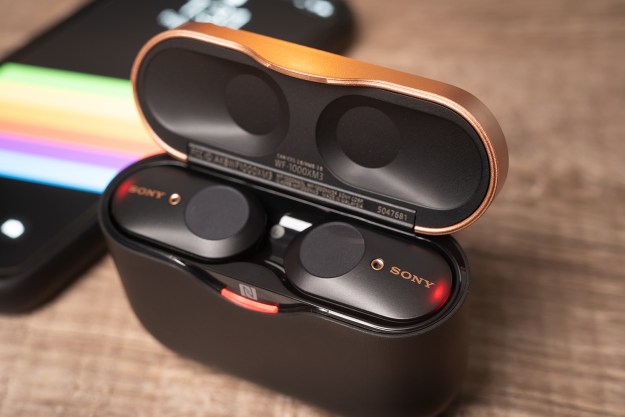A new kind of synth controller that uses “virtual reality” to create sounds may soon be coming to a stage or studio near you — provided the company behind it can reach its Kickstarter goal, of course. Part Theremin, part drum pad, and part Star Trek-esque synthesizer, the Pulse is a fresh new way to create music from creator Titan Reality.
While MIDI (Musical Instrument Digital Interface) instruments have long been the bane of DJs and music producers for their often unstable performance, the Pulse aims to use connections to tablets and moble defices, along with cutting-edge sensor technology to forge a new way forward.
A relatively unassuming egg-shaped device, the Pulse appears to share more design traits with a spaceship than a keyboard. However, this sleek machine has some very cool tricks up its sleeve, using an array of advanced 3D sensors to detect when musicians are tapping, stroking, or even floating their hands above it’s light-up surface, which it then sends to its own software system to create sound.
It’s a pretty nifty piece of hardware, enabling a vast amount of musical possibilities for users, that spans well beyond simple bang-and-go uses. The device can detect specific gestures, including how a person’s hand is rotated, how many fingers he or she is holding up, and even what kind of drumstick a person is using — from brush to mallet.
Titan Reality’s Included software allows the device to imitate everything from a harp, to a record player, to a traditional DJ pad.
The UK-based company behind the Pulse has also partnered with famed studio Abbey Road’s Red program — dedicated to advance music innovation — to supply sounds for the new device. It then delivers the result to owners via apps for iOS and Android, along with plugins for recording software such as Protools, Apple Logic, and Ableton — three of the primary industry standards.
Like any piece of advanced new tech, the Pulse does come with a rather steep price tag: the early bird special tows a pricetag of $1,157, and you’ll pay $1,500 for the special “light edition” of the device. That’s a whole lot more than you’d pay for similar devices, such as Ableton’s Push synthesizer pad. However, the Pulse ventures into new territory than similar devices that have come before it, which may make it worth the extra scratch for some users.
As of time of publication, the Pulse has only reached just upwards of $16,000 of its oddly specific $154,322 goal, with 25 days left to go. If you think the Pulse is something you’d like to add to your musical arsenal, you can visit Titan Reatlity’s Kickstarter page today.
Editors' Recommendations
- Nvidia turns simple text prompts into game-ready 3D models
- Watch the enormous 3D cat that’s been turning heads in Tokyo
- Qualcomm’s long-awaited second-gen 3D Sonic fingerprint sensor is 50% faster
- Carbon Trainer fitness mirror whips you into shape using 3D cameras and sensors
- How HP is using 3D printing to help fight the coronavirus




